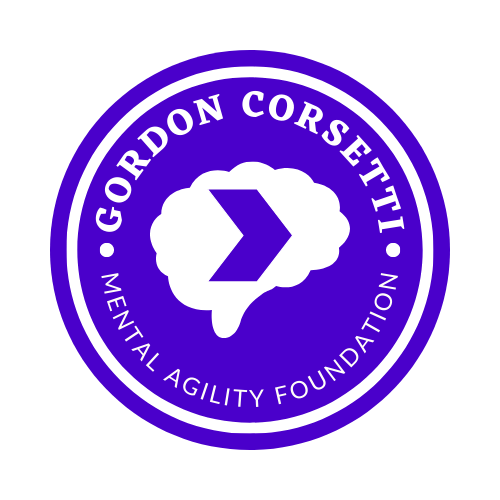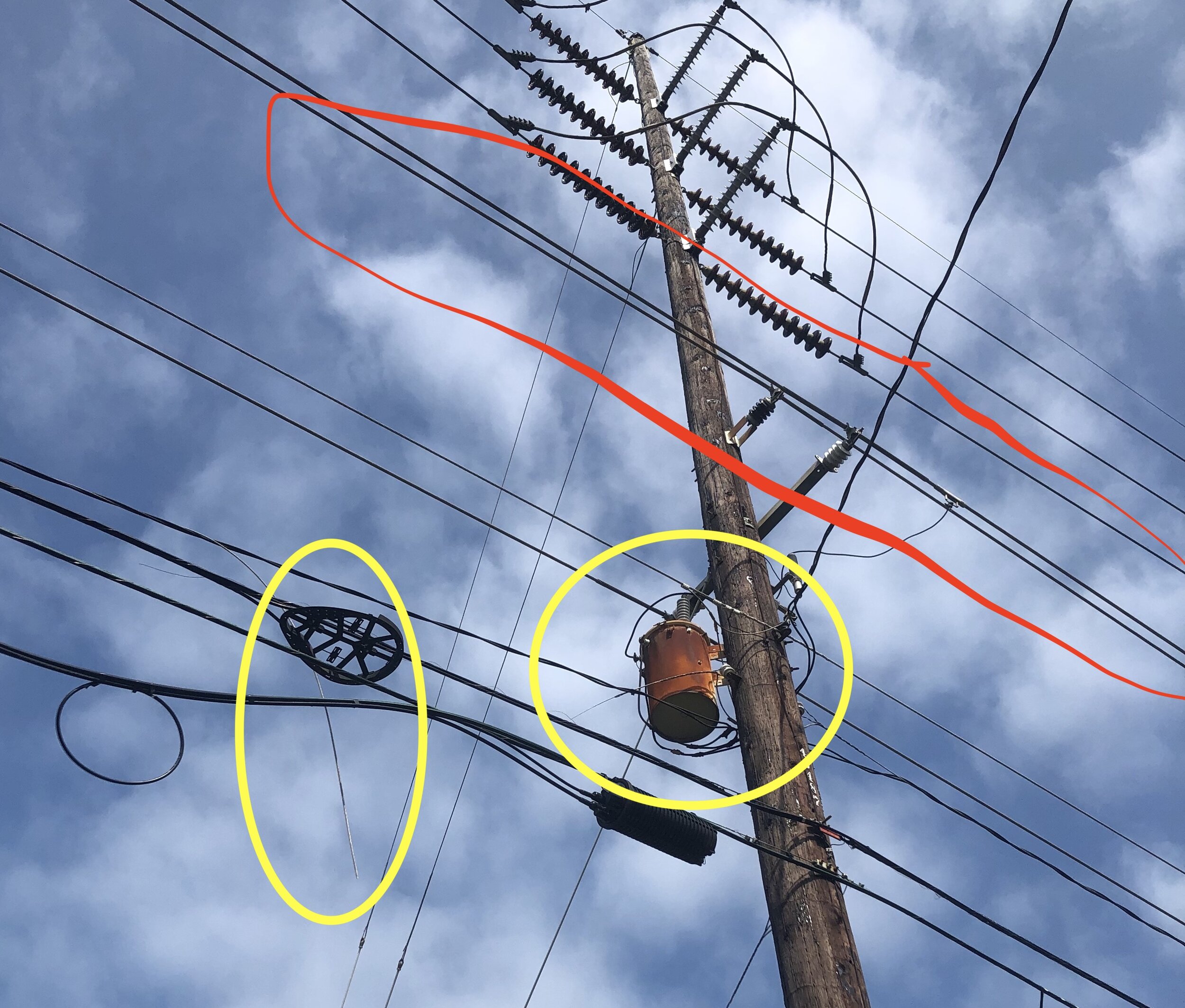Hazardous vs. Dangerous
/Climbing an old wood pole canted at a thirty degree angle while leaning out 6 feet from the tip-top with only one leg on the pole to smash on a secondary connector is hazardous, but it is not dangerous. Dangerous would be not sound checking the pole before climbing it. Dangerous would be not climbing the high side. Dangerous would be rushing through my movements and putting undue stress on the pole and my body while completing the work. I transformed the work from dangerous to hazardous with forethought, proper technique, and correct tool use.
Often used interchangeably, dangerous and hazardous describe situations where harm to a person is likely. While conflated in our safety-obsessed society, they could not be more different. In this piece, I compare these words in the context of my day job - electrical lineman apprentice, and my advocacy work - suicide prevention. You’ll see that much of what works in one is equally applicable in the other.
Dangerous
From the Old French “dangier” and the English “danger”, we have “dangerous”. Originally meaning “arrogant, fastidious”, and ‘difficult to please’. In the time of Chaucer, it described someone who was hard to please and overbearing. Our more modern sense of the word came into vogue in the 1400s, which now describes an unsafe situation that is liable to inflict injury. More commonly used were “dangersome” and “dangerful", probably to explain the spectrum of likely harm.
What I find curious about this word is the transition from describing an arrogant person to an unsafe activity or place. While some places are indeed unsafe to life and limb, it takes an arrogant person haughtily strolling into it that ups the danger. Without a human, nothing is dangerous.
Hazardous
The Anglican version of the French “hasardeux” meaning “venturesome, chance”, and “perilous”. With this word we no longer have a situation that is actively trying to harm a person. Just a situation with a percentage of potential harm. It means risk can be mitigated with proper planning and preparation.
I’m struck that the older meaning of hazardous meant “venturesome”. This changes the idea of doing something risky to adventuring through risk. A venture implies a long-term plan, consideration for multiple factors, and back-up plans for when something inevitably goes wrong. A situation can be hazardous, but risks can be mitigated with the human mind.
Dangerous is arrogantly diving into a situation and expecting to be able to handle whatever comes your way.
Hazardous is identifying what could hurt you and reducing the opportunity for harm.
I circled three areas in this picture of a job I helped my lineman with several months back. The most dangerous hazard is the red circled primary voltage lines. 11,400 volts to ground is power to be respected, and we both agreed to stay well outside the Minimum Approach Distance (MAD) since all our work would be below the transformer.
The yellow circled transformer is clearly old and rusted. That means the low side connections may be uncovered or brittle. We mitigated the risk to ourselves by wearing our Category 2 rubber gloves, and lessened the risk of an arc flash by judiciously taping over the exposed connections.
The other yellow circle is the broken neutral wire on a service. The risk was that loose wire (tail), if uncontrolled, could sweep up into of one the primary lines and cause a fault resulting in an outage. We mitigated that risk by attaching a hoist to the pole, then running the hoist out to a wire grip on the busted neutral. Then we further increased our control by always keeping one hand gripping the end of the wire. Thirty minutes later, the work was complete and my lineman and I were safely on the ground.
While the situation was hazardous, it was not dangerous because we had a plan, executed the plan with precision, and watched out for each other. Now let’s see if we can identify some hazards and reduce the danger for a person in a mentally unsafe place.
The most dangerous part of this image is the red speech bubble - “I don’t want to be here any more,” is a purposefully softened version of - “I want to die.” Often, suicidal individuals make references like this because it frightens other people much less than being explicit about their thoughts of self-harm. The risk is that the person will act on these urges, which can be mitigated by staying with the person, not being judgmental, and finding a way to get them professional help.
That help could be:
Calling their therapist/psychiatrist
Driving them to the local Emergency Room
Calling the suicide prevention lifeline - 988
Calling 911 and requesting a CIT-trained officer
The yellow circles identify an unkempt and tired individual. A vacant gaze and trouble keeping eyes open is also common for those in the grip of suicidal thinking. Much of their energy goes to battling their thoughts. Maintaining eye contact or even just keeping their eyes open is wasted energy in this fight. The unshaven countenance is another indicator. When a person is healthy, they have some minimum care for their appearance. That minimum varies from person to person, but a severely depressed person believes they have no reason to keep up appearances. Those is a depression, and who do not express suicidal thoughts can have the harmful effects of their depression lessened if you help them:
Open the curtains - sunlight is a depression disinfectant
Cook something tasty (even if they don’t eat it) - the smell alone can be restorative and motivating
Help clean up their living space - the dirtier a space is the easier it is to not care, a little organizing goes a long way
Just physically be there - watch a show in the living room or read a book in the corner; proximity to other humans improves a depressed person’s frayed feeling of connections
Waylon Hasty, owner and instructor at the Elite Lineman Training Institute, told our class - “line work isn’t dangerous, it’s hazardous. It’s only dangerous if you aren’t trained.” The same principle applies to safely caring for a deeply suicidal individual.
Get trained in suicide prevention and mental health first aid so you can help turn dangerous situations into more manageable hazardous ones:





